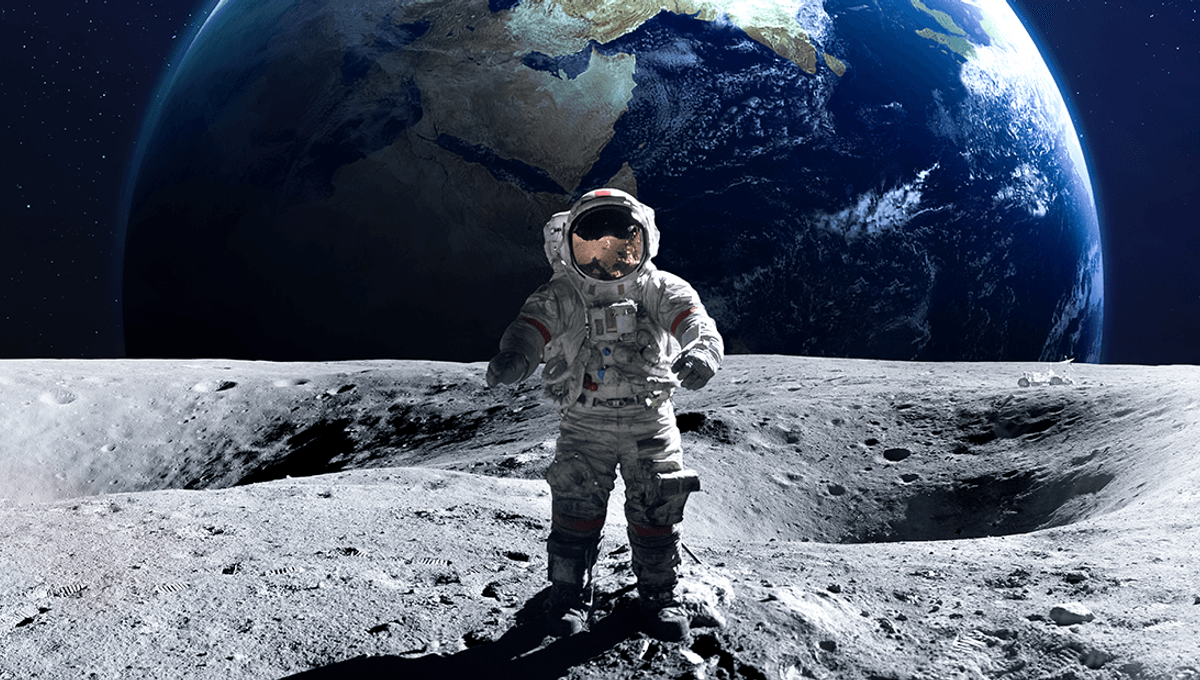
NASA is set to create a new “Coordinated Lunar Time” ahead of upcoming missions by the US and others to the Moon.
Currently, there is no agreed time zone on the Moon. Uncrewed missions generally use the time corresponding to the craft’s country of origin, while the crewed Apollo missions used Ground Elapsed Time (GET), counting from the moment of launch. As the Moon becomes more full (of robots, and then, fingers crossed, humans) this could pose some problems that the US hopes to overcome by establishing a Coordinated Lunar Time.
The idea is not like adding a new time zone, nor the problem as simple as having to translate a robot working on GMT to one working on PST. Though coordination of time is a goal, part of the problem is how time works on the Moon.
“Due to general and special relativity, the length of a second defined on Earth will appear distorted to an observer under different gravitational conditions, or to an observer moving at a high relative velocity,” Arati Prabhakar, Assistant to the President for Science and Technology and Director, Office of Science and Technology Policy, wrote in a memorandum instructing NASA and other agencies to work together to create the new Moon time system.
“For example, to an observer on the Moon, an Earth-based clock will appear to lose on average 58.7 microseconds per Earth-day with additional periodic variations. This holds important implications for developing standards and capabilities for operating on or around the Moon.”
While annoying to sync to Earth, this alone might not be enough to push humans toward creating a new time system for the Moon. However, just as special relativity has to be taken into account for GPS satellites around Earth, there are practical problems as humanity attempts to set up permanent bases on the Moon.
“Additionally, the navigation accuracy a system can achieve with signals from multiple space-based assets, such as a person navigating on Earth with signals from Global Positioning System satellites, depends on the synchronization of those assets with each other,” Prabhakar continued. “At the Moon, synchronizing each lunar asset with an Earth-based time standard is difficult – due to relativistic effects, events that appear simultaneous at the Earth (e.g., the start of a broadcast signal) are not simultaneous to an observer at the Moon.”
“Failing to account for the discrepancy between a transmitter clock on the Earth and how it is perceived by a receiver on the Moon will result in a ranging error. Precision applications such as spacecraft docking or landing will require greater accuracy than current methods allow.”
According to the document, the new lunar time may follow UTC time, with offsets to co-ordinate the two, with a number of atomic clocks placed on the Moon to set lunar time. We will have to see the exact system that they come up with. One thing that NASA is clear on already, however, is that the Moon, with its 29.5 Earth days-long days, will not have to endure daylight savings time.
Source Link: NASA To Introduce "Coordinated Lunar Time" For The Moon To Deal With Time Dilation